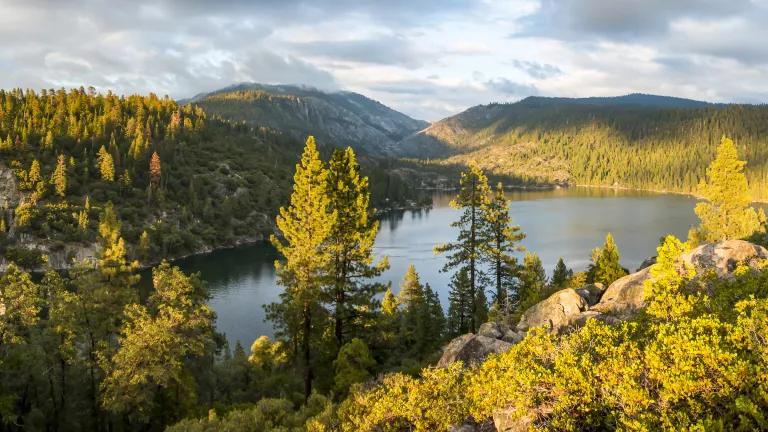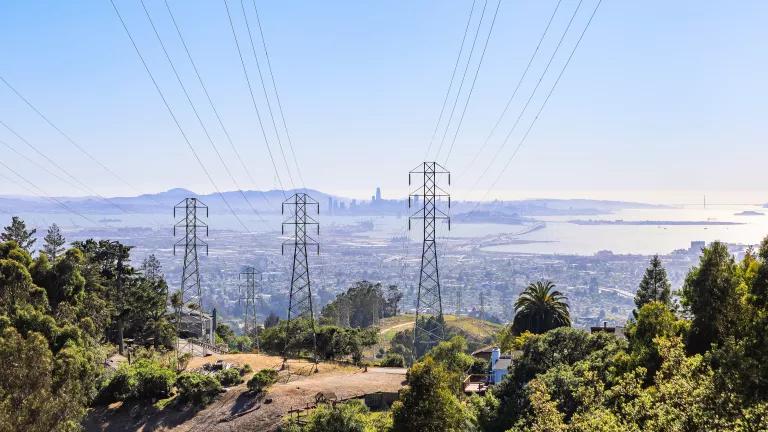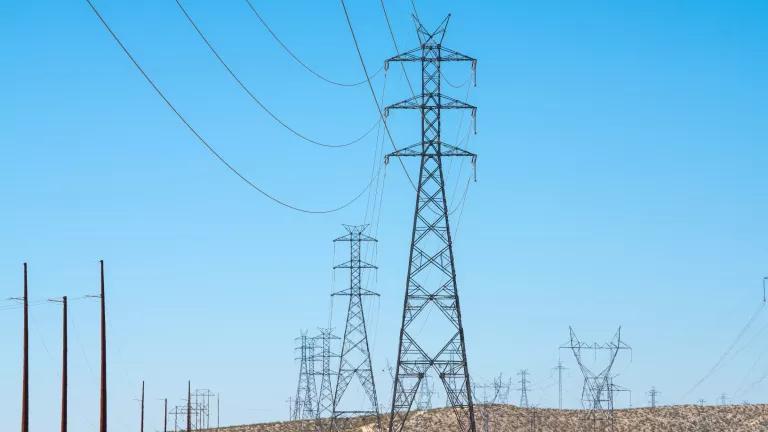An ambitious project to build one of the world’s largest solar energy complexes on contaminated farmland in California’s Central Valley has finally moved from the drawing board to the review process, but unlike with some other sizable solar energy ventures, there likely will be few objections to the site.
California’s largest irrigation supplier, the Westlands Water District, recently announced the long-anticipated start of the Westlands Solar Park’s environmental review under the California Environmental Quality Act (CEQA). Planned for an area near Fresno, CA, the Westlands Solar Park would be located on what is arguably the least environmentally sensitive place in the state.
This is a landmark event because the project, planned for approximately 24,000 acres of agricultural land contaminated by selenium and salt resulting from years of irrigation on drainage-impaired soils in the southern San Joaquin Valley, provides an alternative to the development approach of building large projects on more fragile sites, including those in the desert. And as water resources become scarcer, and competition for it becomes fiercer, the Westlands model could provide an alternative for these types of farmland while helping California meet its climate goals with clean, renewable energy and creating opportunities in one of the most economically distressed parts of the state. When complete, the project could power between 216,000 and 270,000 average California homes with clean energy.
The Westlands Solar Park also represents an innovative approach to large-scale renewable energy development. Along with its planned 12-year phased build-out eventually culminating in as many as 3,000 megawatts of solar arrays, the project incorporates related infrastructure improvements – transmission lines – into the plan. This could potentially open up tens of thousands of additional acres in more northern parts of the Valley that also have drainage and contamination problems and may need to be retired from farming.
The transmission improvements also will add capacity to an increasingly congested part of the state’s grid, improving power reliability for millions of Californians. The project will be near the PG&E-owned Helms pumped storage facility, making it useful for balancing the variable energy from Central Valley solar projects rather than firing up gas-powered plants. For instance, renewable electricity generated at the Tehachapi wind farms in the evenings could be balanced with the Valley’s daytime solar, and vice-versa, as needed, for example.
Finally, solar development in the Central Valley will provide more geographic diversity to the state’s resource mix. This is important for managing variable generation and meeting California’s mandate of generating at least one-third of its electricity from renewable energy by 2020 under its Renewables Portfolio Standard.
Considering generation and transmission together represents a best practice because it can help reduce environmental resource conflicts and “optimize” the location of both resources. Planners and developers can scale transmission for present and reasonably expected future needs, identifying and using existing corridors when possible, or using geospatial information to locate new corridors in the least impactful places like the Central Valley, where industrial agriculture has been practiced for decades so there are fewer environmental and cultural impacts.
The Westlands Solar Park is a terrific example of using renewable energy zoning to plan for present and future generation and transmission needs. It squeezes much more value out of existing infrastructure and serves multiple societal needs (climate, economic development, environmental and agricultural). Without a doubt, it qualifies as “Smart from the Start” development.



